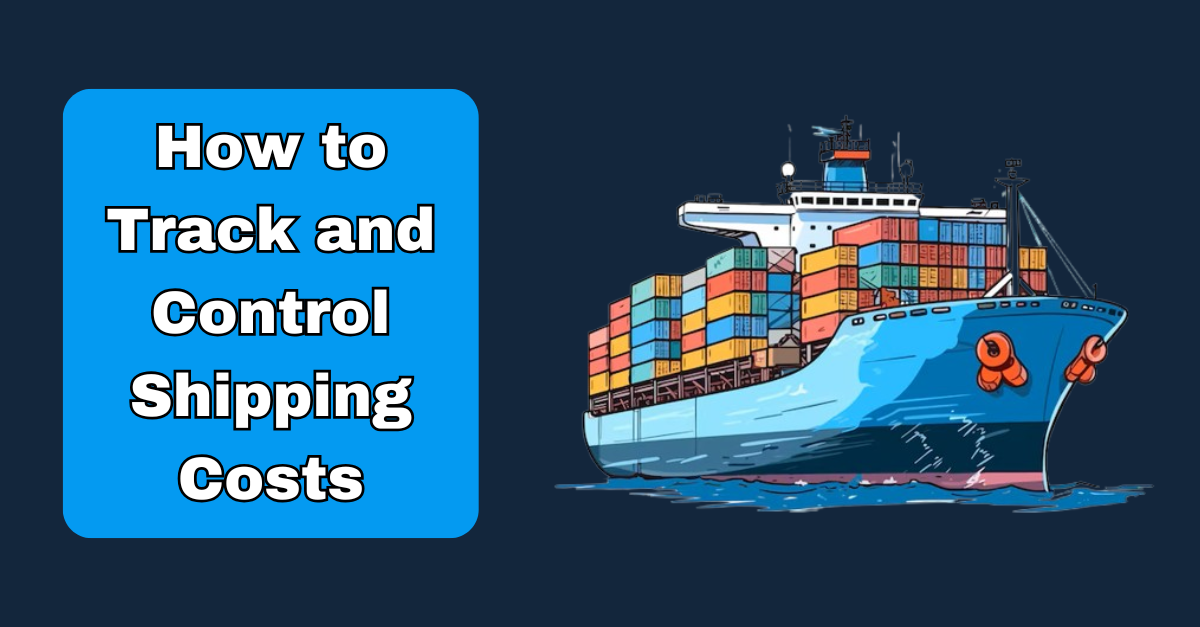1) Speed Up Order-to-Cash
With an OMS, the order processing cycle gets a lot faster. As soon as you enter a customer order, all relevant data is synchronized. You can instantly see whether the product is in stock, if it’s already on the way, or if you need to reorder. The system can automatically generate an invoice based on the customer’s order, speeding up the time it takes to get the product out and payment in. The result? Faster cash flow and quicker order fulfilment.
2) Fewer Stockouts
An OMS reduces the risk of stockouts by helping you manage inventory more efficiently. You can set up reorder points, so when your stock reaches a certain level, the system alerts you or automatically generates a purchase order. This saves you time by eliminating the need to manually track inventory or create purchase orders. Plus, because it's automated, you're less likely to forget an order and miss out on sales opportunities, ensuring you always have the right stock at the right time.
3) Automated Customer Updates
With an OMS, you get full visibility into your supply chain, which means you can easily track customer orders at any point. If a customer asks about their order status, you can quickly check and give them an update without digging through emails or spreadsheets. Even better, the system can automatically send updates as the order progresses through different stages of the supply chain—no need to manually notify customers. This reduces the time spent answering customer inquiries and keeps them informed without extra work on your part.
4) Streamlined Manufacturing with BOM
For manufacturers, keeping track of raw materials and production can be a constant hassle. If you’re still using spreadsheets to manage this, you’re probably spending too much time updating stock levels manually. An OMS with a Bill of Materials (BOM) feature changes this completely. When you produce a finished good, the BOM automatically deducts the required raw materials from your inventory in real-time. This means you don’t have to manually adjust stock levels or worry about running out of materials unexpectedly. By keeping your inventory up to date in real-time, you can avoid delays in your production schedule caused by missing materials. It keeps everything on track, so you can meet your production targets without interruptions.










